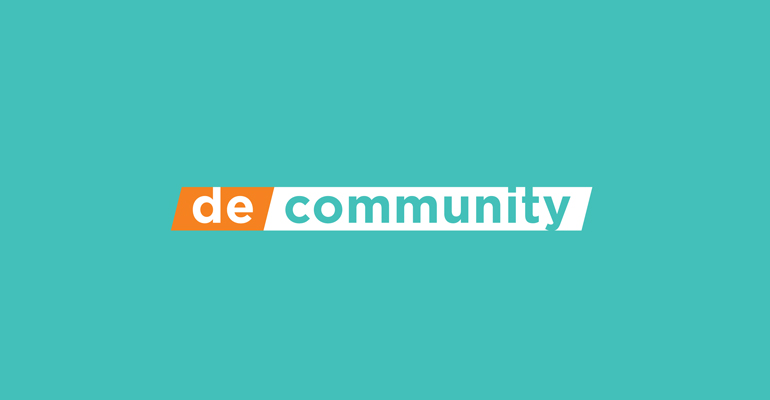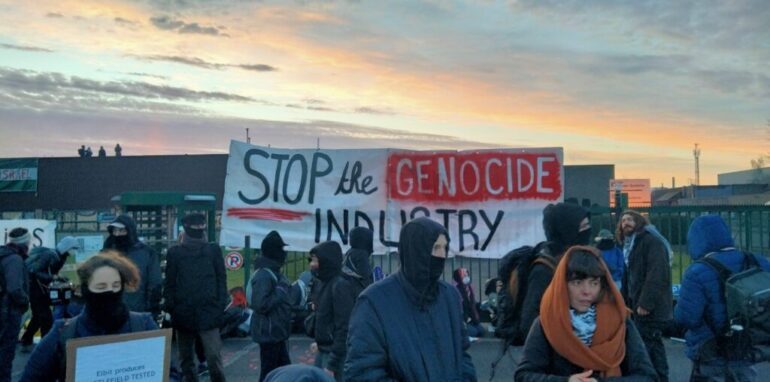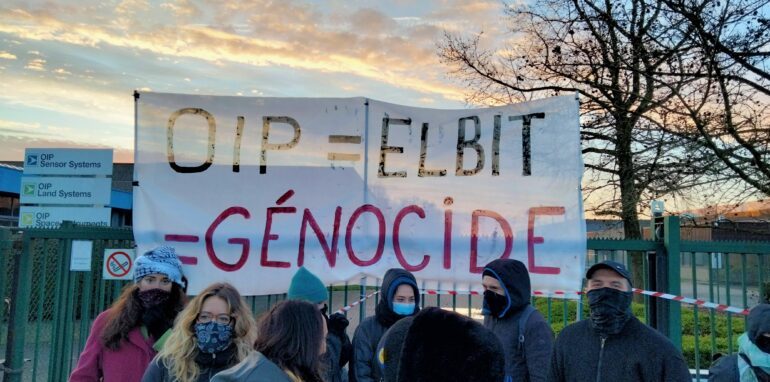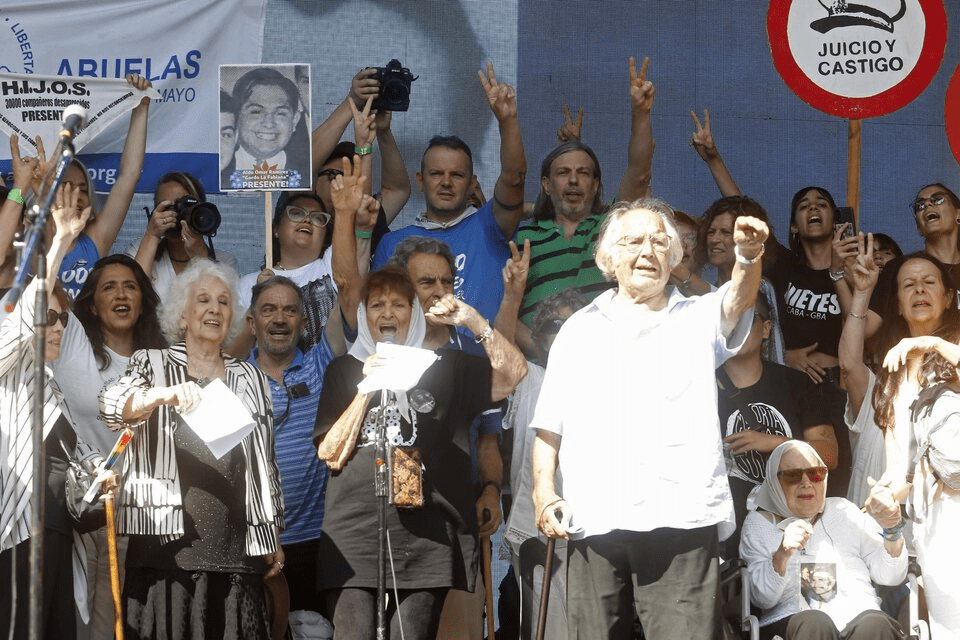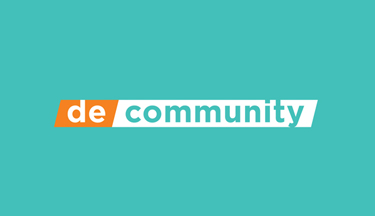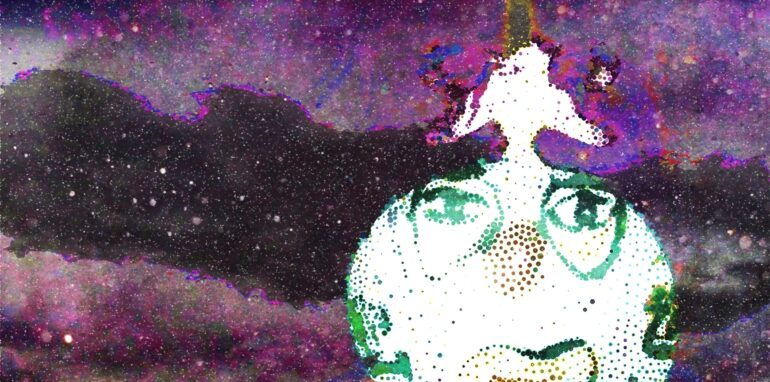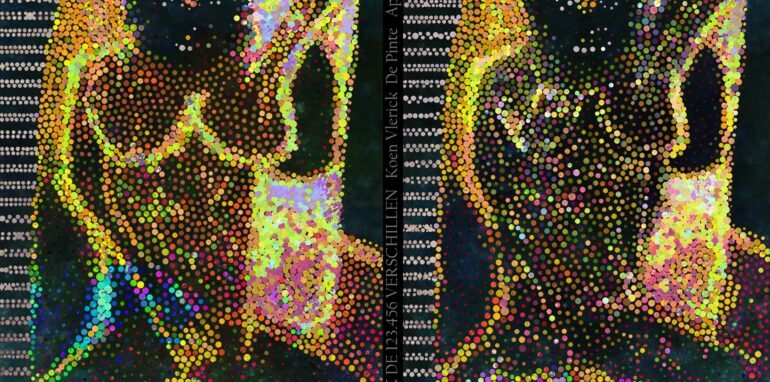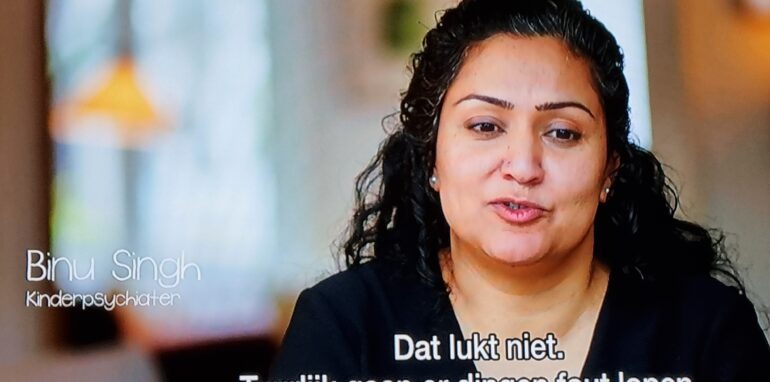* This text was made for a colloquium ‘Dangerous Liasons’ in the context of the Steirischer Herbst Festival in Graz, I publish it here for a seminar as a comment to the Batârd festival and a seminar in the artistic squad ‘La parfumerie’ (12 December 2013).
1
[a question of spheres]
There is only one real form of activism and it is political activism. Action is a deed in the public sphere, the space of appearance. Therefore, political activism is the only real form of activism. Artistic activism is almost never real, for it is not action but ‘acting’, a play in the cultural sphere, the sphere of the mimetic and the performative. Art and culture (also the cultic: ritual and play, religion and sports) constitute a sphere outside (besides, in between) the private sphere (economy) and the public sphere (the political). It is the sphere of the common and of otherness: the common uncommon.
2
[imagination vs. action]
Imagination is rich, ambiguous, amoral – action is moral, straightforward, poor (in imagination). Therefore: (good) committed art is rare and problematic, (truly or reasonably) committed artists are common and necessary (as alert citizens). But the rare moments the imagination of art and activism truly mate, are to be cherished as the locus of an activist imagination.
3
[glocalism]
Real activism is always local, at most glocal.
(There is, unfortunately, little you can do for faraway causes. You can only force your local institutions, your local politics to take the right position.)
4
[media, action and intellectuals]
Political action plays in the public sphere, and that is, today more than ever, the virtual space of the media. The media constitute the essence of the public sphere. Street protests turn open space only into truly public (i.e. political) space, only if they are reported in the media.
Real activism is often linked to civil disobedience, manifestations, interventions, protests, in short ‘actions’, but publishing texts, winning public opinion or alerting it, can change the game. Here cultural actors can prove very powerful: as public intellectuals.
‘Don’t blame the media, be the media’ remains a brilliant slogan. Here we can and should make a myriad of rhizomatic networks of (ad hoc) alliances and long working relationships (true allies).
5
[powerlessness of art]
Art is part and parcel of the cultural middle class spectacle. All attempts for an ‘exodus’ (away from the institutions and temples of culture into real life) have proved pretty vain – commitment as gesture.
New alliances between socio-political work and culture are charming, but they tend to be amateurish, inconsequential forms of social or political work.
Relational art, process art, etc. are pretty powerless in the face of the gigantic powers the surround us: the neoliberal sweep, multinational, consumerism, mobility, demography, migration, world politics (the endless war on terror), consensus regimes, mainstream media control, etc.
[Political (or academic/cultural/artistic) tourism is like all tourism: you can learn from it, but never forget it is tourism.]
6
[urban activism]
Urban activism for most part has been instrumental to the neoliberal urban agenda.
Urban activism has been used and abused for making neighbourhoods swallow neoliberal cleansing operations (the creative city for the creative classes!) and for gentrification, if they were not motors of gentrification themselves. And if they save a building for instance, it is turned into corporate plus value anyway. So, urban activism, relational art, process art, social art, have proved, when all is said and done, almost always, to be dangerous liaisons with the powers that be.
(Lest they are innocent experiments, or small scale socio-cultural work, like doing a dance or theatre performance with prison inmates, or an artist squat).
7
[back to heterotopia]
Retreat into Heterotopia? Yes! Why not?
Art and culture should be defended against the neoliberal logic of marketing and management.
Temples of cultures (museums, theatres) are not enterprises that work on turn out (numbers of performances, public, etc). As art and culture constitute the sphere outside, besides, in between, the sphere of the private (economy) and the public (the political), all sorts of experiments and reflections and strange behaviours, are at home there. The mimetic power of art (not to change reality but to show and evoke it) is the true power of art, its true task: reshuffling the sensible. Sharing the common uncommon (from Oidipous to the present) as a mimetic meditation, a mediation between the private sphere (the space of hiding) and the public sphere (the space of appearance).
What we live through is the blurring of the spheres.
8
[trust the mimetic]
Art can change perception only in a sort of slow motion, almost in retrospect. The reshuffling of the division of the (common) sensible happens, but not today, only after tomorrow it will be clear that it happened yesterday or yesteryear, so to speak.
Art’s political value, from Greek tragedy to contemporary art, is extremely indirect.
But. Let us believe in the mimetic power of art and the power of mimesis.
Art can, maybe, reinvent itself as a anthropological practice, mapping, documenting processes and events in poetico-political ways.
9
[state of nature]
Beside the war on terror as state of exception that has become so much the rule that it sounds like old news, the relapse into the state of nature (anarchy, chaos, civil war) constitutes one of the main risks of world politics today.
Egypt proves that the aftermath of revolutions is long and difficult, if not extremely dangerous. And there is worse: Lybia and Syria have proved that in stead of revolution and liberation civil protest can sombre into civil war. Civil war might become a latent or universal condition. It is there, far away but also near, under the surface.
Civil war engineering that comes with it (often called counter insurgency, like in Iraq or with flase flags- weapons of mass destruction in Iraq, chemical weapons attack in Syria –), is one of the tools of Entropic Empire (this devilish combo of state of exception and state of nature under neocon/neoliberal capitalism).
[Moral indignation is almost always a false friend of the well meaning classes.]
10
[academia]
Knowledge(s) and cultural experience(s) should be common.
Academia is more than ever in the grip of a most dangerous of liaisons: that with multinationals (via spinoffs, etc) . The university is more and more considered, and conceives itself, as a base for the knowledge economy. Result: privatisation of education and privatisation of research (patenting is one of the ways to privatize what should remain common, open source). Slow science now!
The battle for art schools is on, to defend their heterotopian character.
11
[the battle for the commons]
The fight for the commons is the most urgent struggle of our time.
Examples: the struggle against the privatisation of seeds – Monsanto and co; the appropriation of the resources of the North Pole; the privatisation of knowledge.
The ‘original appropriation’ is not something of early capitalism, but it is ongoing, it is back with a vengeance.
Because the commons (the ecosystem & the sharing of knowledge/experience) is under threat, we need, in order to stop this theft, all the alliances we can get. Dangerous (liasions) nor not!
12
[Realpolitik]
If – if at all – the common (both the planet and the virtual world of knowledge-sharing) can be saved – from Entropic Empire to start with – it will not be with dreams of a ‘post-historical’ utopia (the stateless commune of the multitude, the classless society, the peaceful association of new altruistic humans, after the ‘Aufhebung’, the abolition of state, property and family), but with real politics. In short: agonistic radical democracy (Mouffe) over sweet dreams of a new anarcho-communism (Negri, Badiou, Zizek, Virno, etc) or a messianic breach in history (Agamben, Nancy?). The world has to be saved in this history not in some dreamed off after-history (ultimately based on a vision of the second coming of the rousseauist bon sauvage as savage messiah).
Democracia real Ya!? Ja (doch)! Aber Real(Politik).
(da capo: there is only one real form of activism and it is political activism….)
Lieven De Cauter, GRAZ, 04.10.13*
[See also: my video interview on the activist imagination (in Dutch)
https://www.dewereldmorgen.be/video/2013/01/23/de-activistische-verbeelding-lieven-de-cauter, the transcript will be avalaible soon on this blog, and also an English text based on this interview.]
